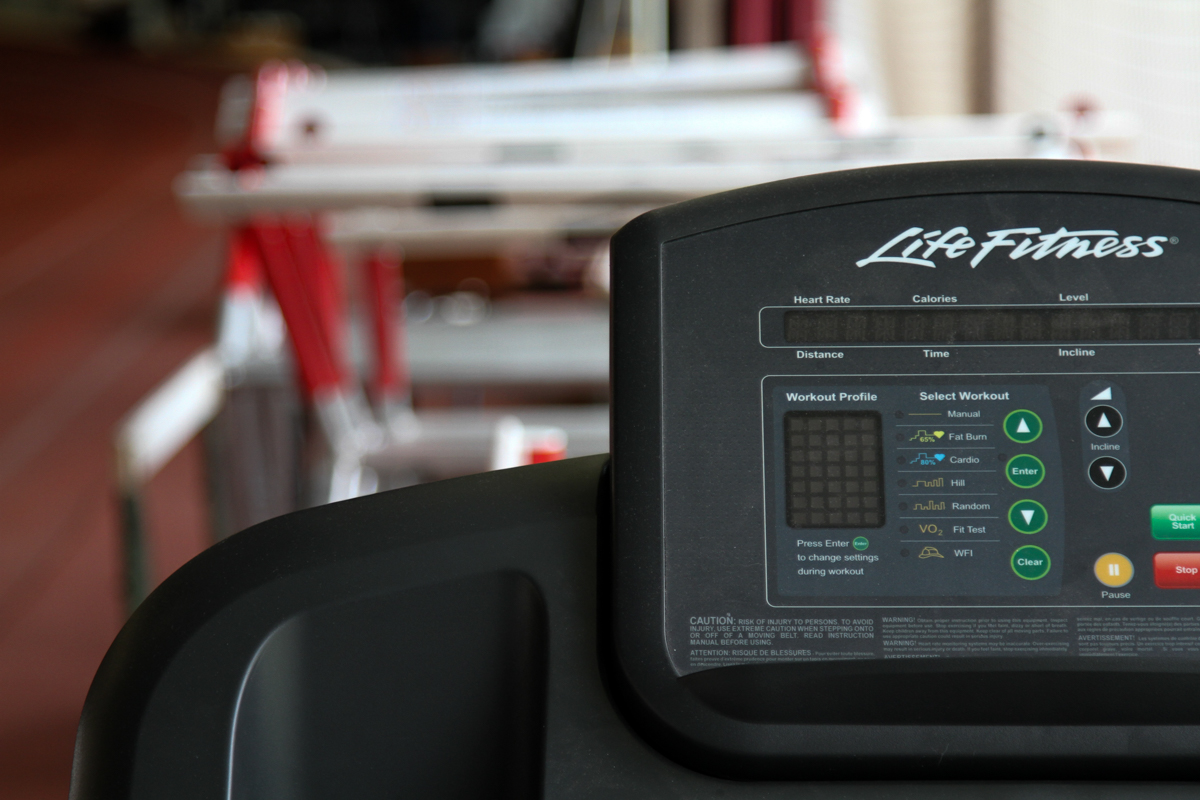LSU Central Building has been named among the sites for the European Heritage Label
 The European Commission has officially confirmed that the modern interwar architecture of Kaunas will be awarded the European Heritage Label. This will certainly contribute to the preservation of the modern interwar architecture and attract tourists interested in the exceptional phenomenon. The European Heritage Label award ceremony will take place on 15 April in Brussels.
The European Commission has officially confirmed that the modern interwar architecture of Kaunas will be awarded the European Heritage Label. This will certainly contribute to the preservation of the modern interwar architecture and attract tourists interested in the exceptional phenomenon. The European Heritage Label award ceremony will take place on 15 April in Brussels.
The Central Building of Lithuanian Sports University has been named among other most important buildings of interwar Kaunas, such as Officers’ Club “Karininkų Ramovė”, Central Post Office, Kaunas Christ’s Resurrection Church, Vytautas the Great War Museum and others. The labelled sites will be entitled to display a plaque bearing the logo of the European Heritage Label, and will be integrated into the EU’s communication and promotion strategy, thus enjoying greater visibility for their sites.
A panel of international experts assessed a total of 36 sites in the EU member states that had joined the initiative of the European Heritage Label and had submitted the applications. After a series of tough debates, a report recommending the 16 sites for the Label was issued. The application of Kaunas City Municipality “Kaunas of 1919-1940” can be found on the list.
LSU Central Building, a national cultural heritage site
The Central Building of Lithuanian Sports University (then — the Higher Courses of Physical Education) was designed by an architect Vytautas Landsbergis-Žemkalnis in 1931 and built in 1934.
In 1931 several drafts were prepared. They were discussed in detail by people involved in Physical Education, but the decision was to prepare another, a “more rational and more compact” version. Although the building itself was built in 1934, it gradually expanded. In 1939 the second floors of side hulls were built and at the end of 1958 a swimming pool behind the hall appeared. It was the first complex of buildings for monumental sports. In 1939 a Sports Hall was built nearby.
In 1992 the Central Building of LSU was included in the list of protected national cultural heritage objects.
After World War I, when Polish troops occupied the capital of Lithuania and the eastern part of the country, Kaunas became the capital and most important city of Lithuania. Lithuanian government, the intelligentsia and the industry moved to Kaunas. Kaunas became a modern symbol of free Lithuania. This was the outcome of certain circumstances, as the public was ready for changes, and the city was in need of buildings designed by talented and gifted architects who had completed studies abroad.



